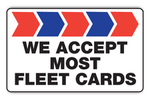The drive train in your vehicle includes all the components that transfer power from the transmission to the wheels. Those components differ depending on what type of vehicle you drive, namely, front-wheel drive, rear-wheel drive, all-wheel drive or four-wheel drive. The preventive maintenance your driveshaft needs will also differ by what type of vehicle you drive.
Let's start with front-wheel drive. In this vehicle, the transmission and the differential are combined in one component, known as the transaxle. The transaxle is connected to two half-shafts (axles), which are then connected to the wheels with a constant velocity (or CV) joint, which is protected by an airtight rubber boot.
Tuffy North Clermont service for this type of driveline includes servicing the transaxle and inspecting the CV boot. If the boot is damaged, the CV joint will need to be inspected, and the boot will need to be replaced. If you hear a clicking noise in your wheel wells when you turn, you may have a damaged CV joint. A damaged CV joint should be replaced.
Rear-wheel drive vehicles generally have a transmission in the front of the car and the differential in the back. A driveshaft (it looks like a long tube) connects the transmission to the differential. Some vehicles may have a two-piece driveshaft, which are connected to the differential with universal joints or U-joints. Again, the differential is connected to two half-shafts that go out to the wheels.
Tuffy North Clermont service on the drive train on a rear-wheel drive vehicle starts with servicing the differential. It will need its fluid drained and replaced regularly. The seals on the axles should also be inspected for wear or leaks. Leaking or damaged seals may mean the axle needs to be serviced as well. Also, U-joints can wear out. If you hear clunking or feel a jolt when you shift into drive or into reverse, it could indicate a driveline problem.
All-wheel drive vehicles provide power from the transmission to all of the wheels, instead of just to the front or rear. The advantage is that the vehicle can adapt to different driving conditions and transfer more power to the front or back wheels as needed. The disadvantages are that the driveline is more complicated, and the vehicle weighs slightly more.
Many all-wheel drive vehicles are based on a front-wheel drive set-up. They also have a differential in the rear and one in the center of the vehicle that allows power to transfer to the front and rear. A shaft runs from the transfer case to the center differential, and another from the center differential to the rear differential.
Servicing an all-wheel drive at Tuffy North Clermont involves servicing ALL of the differentials and inspecting the joints and seals for wear, leaks or damage.
Four-wheel drive vehicles are rear-wheel drive vehicles that have an option to transfer power to the front wheels. In other words, they can be driven as either rear-wheel or four-wheel drive vehicles. These vehicles are specifically designed for the harsh driving conditions Clermont drivers encounter off-road. The driveline in a four-wheel drive vehicle is similar to that of an all-wheel drive vehicle. The center differential, however, is a transfer case. Maintenance requires servicing both of the differentials and the transfer case, as well as an inspection of the joints and seals.
Clermont auto owners would be wise to check with their owner's manual for recommendations on how often to service their vehicle drive train. It's also good auto advice to check with your friendly and knowledgeable Tuffy North Clermont service advisor as well. You may live in an area in Florida where weather or driving conditions require more frequent servicing of the drive train.
Good car care at Tuffy North Clermont in Clermont always includes taking care of your driveline. Without it, your vehicle becomes a very large paperweight.
Tuffy North Clermont
1315 E. Highway 50
Clermont, Florida 34711
(352) 241-9466
https://www.tuffynorthclermont.com/
 Win a $50 Gas Card
Learn more
Win a $50 Gas Card
Learn more
 Sign up texting for $8 OFF Any Oil Change
Learn more
Sign up texting for $8 OFF Any Oil Change
Learn more
 Have a promo code?
Have a promo code? Sign up and start Saving.
Learn more
Sign up and start Saving.
Learn more
 Win a $50 Gas Card
Learn more
Win a $50 Gas Card
Learn more
 Sign up texting for $8 OFF Any Oil Change
Learn more
Sign up texting for $8 OFF Any Oil Change
Learn more
 Have a promo code?
Have a promo code? Sign up and start Saving.
Learn more
Sign up and start Saving.
Learn more

















